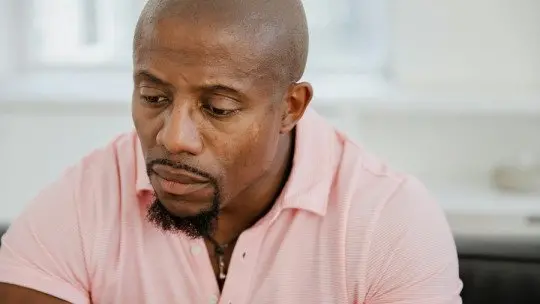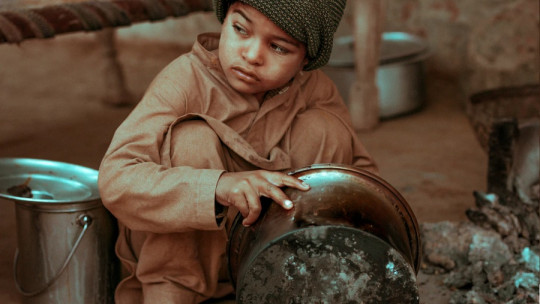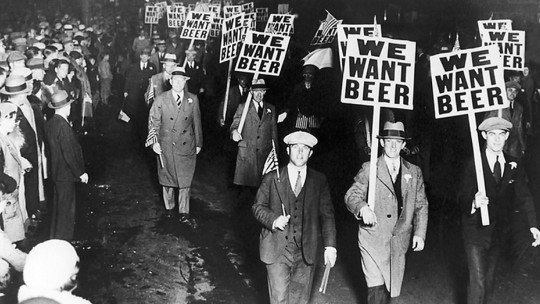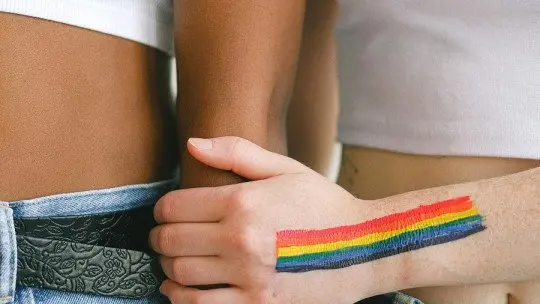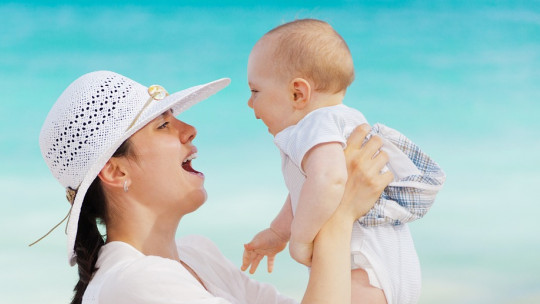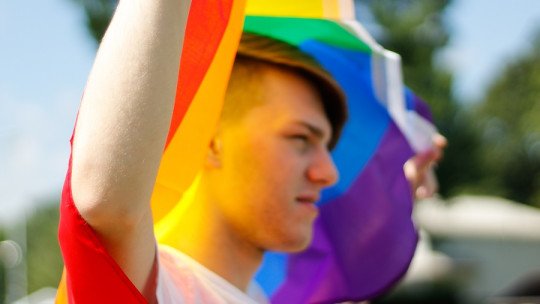
The last decades have brought about a change in the mentality of many people, paving the way towards a more diverse society. Hand in hand with political and legal measures such as homosexual marriage and adoption or the legality of sex change, LGBTI+ people have seen many of their fundamental rights recognized in our country.
However, much remains to be done. Although countries like Spain and others in Western Europe have facilitated the social inclusion and freedom of these increasingly diverse realities, even in these countries (and also outside) there are still many erroneous ideas that promote the exclusion and stigmatization of people from the LGBTI+ community These ideas can be considered myths or false beliefs, built through socialization.
The main myths about LGBTI+ people
Socialization in a patriarchal society closed to diversity generates ideologies that differentiate and exclude these people, ridiculing them or transmitting false messages with the sole objective of damaging their name or image. It is important to disprove these beliefs and build a society based on respect for different and diverse realities.
Therefore, in this article we are going to comment on some myths related to LGBTI+ people, giving reasons why these are wrong. The objective is to end these stigmas and begin to build a culture and collective imagination based on understanding and empathy towards these realities.
1. Homosexuality and transsexuality are diseases
The most intolerant (and most ignorant) sector of society often uses this false belief to argue that LGBTI+ realities are not “natural.” Pathologizing homosexuality and transsexuality has been the main weapon of those who detract from diversity throughout history, thus being able to subject these people to a sentence or treatment that would end their life or their strength to live it. In 1990, the World Health Organization (WHO) certified that homosexuality is not a mental illness, and did the same in 2018 for transsexuality These beliefs were based on the social exclusion of these people, considering their experiences as sick and far from “what is natural.”
However, it is important to question, why are homosexual and transsexual people labeled as “unnatural”? Understanding that their differences with heterosexual people are based on diverse sexual and gender realities, isn’t it easier to understand these people and their experiences as different from heterosexual people, and not for that reason, sick or unnatural? Transsexual and homosexual people are natural, they exist and are not sick, and, furthermore, they have always existed. The fact that in recent years more voice has been given to these people and their realities has made it easier for many more people to recognize themselves in these realities, but this does not mean that they did not exist before and throughout history.
2. Bisexuality is just a phase
Many people tend to make bisexuality invisible, arguing that it is only a phase or a process of experimentation between heterosexuality and homosexuality. Bisexuality is a “complete” reality, it is a differentiated sexual orientation of heterosexuality and homosexuality.
Bisexual people feel sexual and/or romantic attraction towards people of both the male, female, and non-binary genders.
Obviously, many people experiment with their sexuality, having romantic or sexual contacts with other people of the same gender to find out if they like it or not. In some cases, these people decide that they are not interested in these relationships, and this is okay; This experimentation does not imply being bisexual. However, on many occasions, when a person experiments with people of the same gender and decides that they like it, society often directly pigeonholes them as homosexual, and does not take into account the possibility of their bisexuality. This is because bisexuality is largely invisible and many people in society find it difficult to change their mental schemas to understand attraction to all genders.
3. Lesbians and gays don’t get along
There is a myth that ridicules the realities of lesbian women and gay men, arguing that there is a strange rivalry between both groups and that they do not get along. The roots of this myth are none other than the prevailing patriarchy in society and the internalized machismo of practically all people. This machismo generates ideas that constantly confront men and women In this specific case, this myth has spread so much mainly with the aim of disparaging the life stories of homosexual people.
The reality is that any person can get along well or badly with another, and that in these situations the “gay” or “lesbian” variables do not come into play. If you don’t get along with a homosexual person for the sole reason that they are homosexual, then that means that you are a homophobic person and, therefore, the root of the problem is you.
4. Trans people decide to be so to occupy the spaces of women
An argument widely used by the growing trans-exclusive “feminist” current, those women who self-define as feminists who differentiate and exclude trans women from feminism, is that currently “any person” can be trans and can occupy the spaces of women to attack them.
This myth gives value to the idea that trans people are not valid or even do not really exist ; that the only reason they exist is to “occupy spaces” that “do not belong to them.”
Really, no person would want to be trans given the current situation regarding their rights. The life expectancy of trans women does not exceed 40 years, in addition to the social exclusion to which they are subjected exclusively because society does not understand or respect their realities. Being trans is brave and dangerous, not a whim to break into the world of cisgender women. This myth only increases discrimination against trans people when what we should be doing is extending hands and bridges between the most disadvantaged people in society.
5. In every homosexual couple there is “a man” and “a woman”
The belief that homosexual couples replicate male and female gender roles stems directly from society’s machismo and the establishment of these marked gender roles between men and women. These have meant that society, to understand homosexual couple relationships, has to give a role of “man” and another of “woman” to each component, despite whether they are both men or both women. It is easy to understand that this myth is false once you understand that its origin is exclusively to comply with the obligations imposed by a patriarchal, sexist society that encourages compulsory heterosexuality.
Homosexual couples are homosexual, that is, they are two men or two women. Nobody is “the man” or “the woman” because these are values extracted directly from heterosexual conceptions about human relationships, and it is important to strip ourselves of these roles to respect all people regardless of their sex or gender.
6. Intersex people are like hermaphrodites; They have both sexes
This myth can only be disproved by knowing and understanding the definition of intersexuality. Intersexuality refers to the presence of both male and female biological sexual components in the same person. This does not mean that these people have both a penis and a vulva; It is impossible for the human species to possess both male and female reproductive organs at the same time. The reality is that intersex people normally have a combination of both reproductive organs; but not the entire reproductive system of each sex. There are infinite combinations and each case can be unique ; a person can have male chromosomes (XY), but female genitals (vulva). This myth generates stigma and false beliefs towards intersex people, implying the possibility that hermaphrodites exist and sexualizing their realities in an unnecessary way.
7. LGBTI people already have enough rights
If you think that LGBTI people already have enough rights, it is important that you consider all the privileges you have over these people. It is as simple as realizing that articles like this still need to be written to debunk myths and false beliefs about the realities of these people. Are there no “false myths” about cis – heterosexual people? No one would dare to question the relationship between a (cis) man and a (cis) woman, but on the other hand, there are false beliefs like the ones we have discussed in this article about LGBTI people.
Therefore, no, LGBTI people do not have enough rights and it is the responsibility of all people to pay attention to what they have to tell us. Any indication or note about their identities and realities is important to give them value and build a society that functions with the objective of achieve real diversity and inclusion for all each and everyone, with equal rights and conditions.




